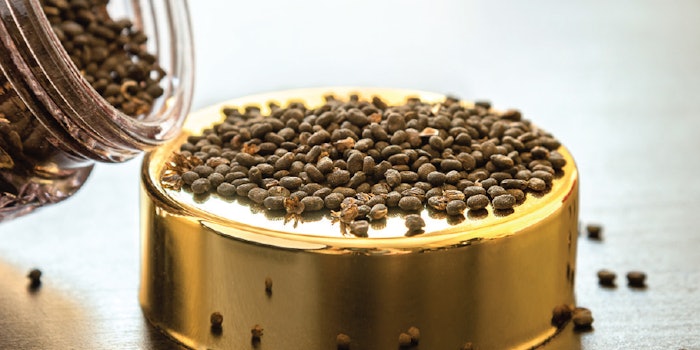
Mineral sunscreens are emerging as a consumer favorite as concerns over organic UV filters make headlines and are written into regulations. In relation, we offer the following insights into how Burt’s Bees went about formulating its latest mineral sunscreen. Hemali Gunt, Ph.D. (HG), head of clinical scientific affairs for Burt’s Bees, explains in this excerpt adapted from a longer interview.
C&T: Beyond SPF, what skin care needs does your sunscreen address?
HG: We have been hard at work to create an esthetically pleasing mineral sunscreen—which is important because consumers want it to be non-whitening and to rub in easily, but still protect their skin. That has been a big challenge. But our team successfully formulated a broad-spectrum SPF 30 sunscreen with ZnO that is esthetically pleasing, non-whitening, non-comedogenic and works for all skin tones.
The sunscreen was created to address two issues: sensitive and mature skin. We know some chemical sunscreens pose a problem to sensitive skin as they can be irritating and cause flushing due to their mechanism: they convert photons from UV radiation to heat energy. We also wanted to reduce signs of aging and we have a phenomenal ingredient in our pantry, bakuchiol, which is a natural retinol alternative, so we introduced that into the product.
C&T: What other benefits did you incorporate?
HG: Natural occlusive ingredients like jojoba oil and beeswax. Beeswax forms a flexible film on the skin that melts at body temperature. It’s a great occlusive ingredient. Then we had jojoba oil, which is a lightweight natural oil and non-comedogenic—not like some petroleum distillates. The product also contains glycerin, sodium PCA, inulin ... all wonderful ingredients that really help the skin.
C&T: How does the product perform?
HG: We performed clinical testing in a six-week study of 49 females who had mild to moderate signs of photodamage and sensitive skin. Within the study population, roughly 10% also were African-American subjects, who said they liked how it was non-whitening and rubbed into the skin. That was a small dataset but a good data point.
TEWL results showed no barrier damage. There also was an increase in skin hydration by about 21%—so we were able to provide hydration for sensitive skin through an SPF product, which is a huge feat. But to me, the most exciting piece is when it came to elasticity: we saw an approx. 30% decrease in skin’s retraction time after just six weeks. A 12-week study is underway.
Watch the exclusive interview in our July/August 2022 digital edition here. . .











